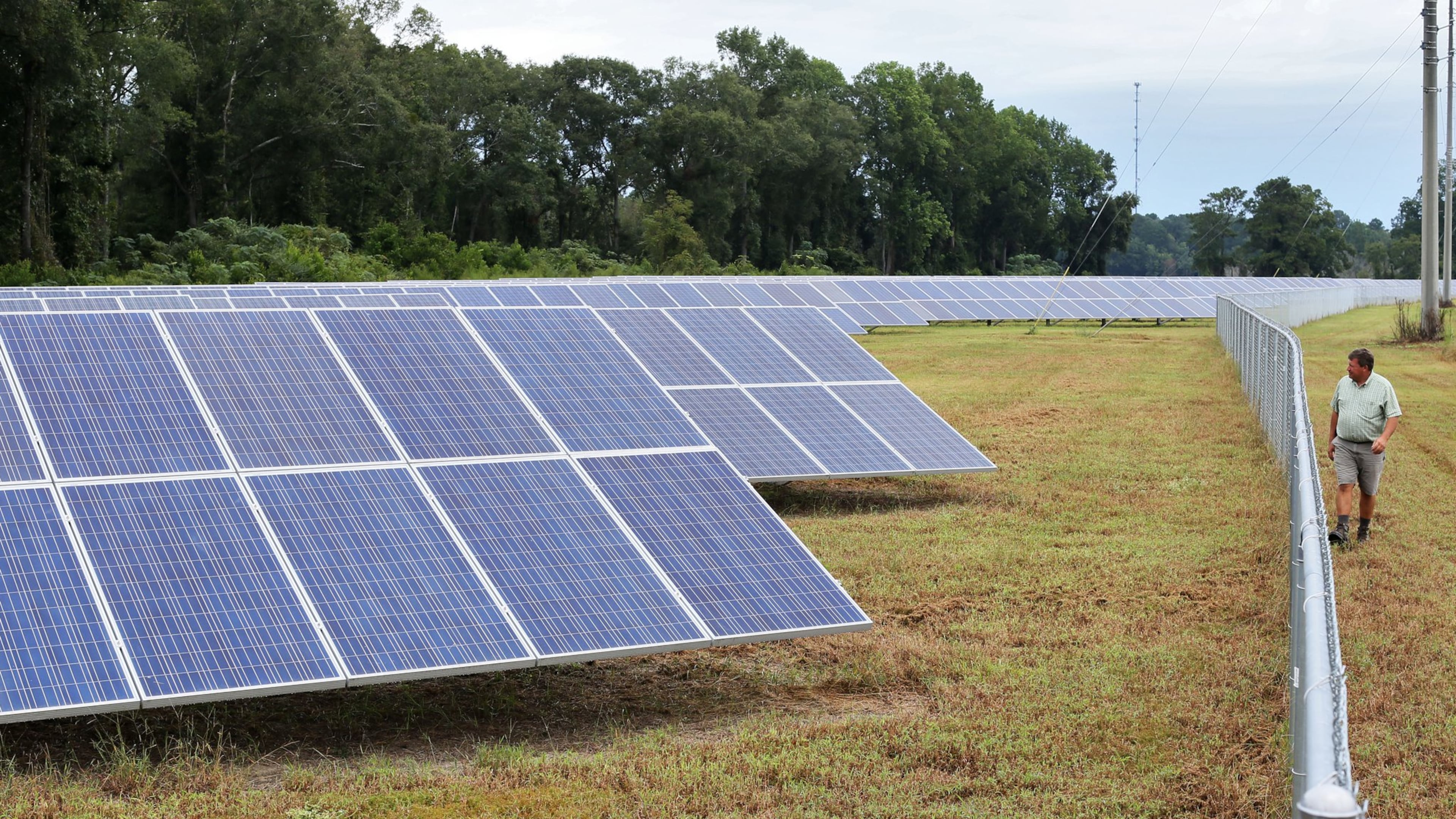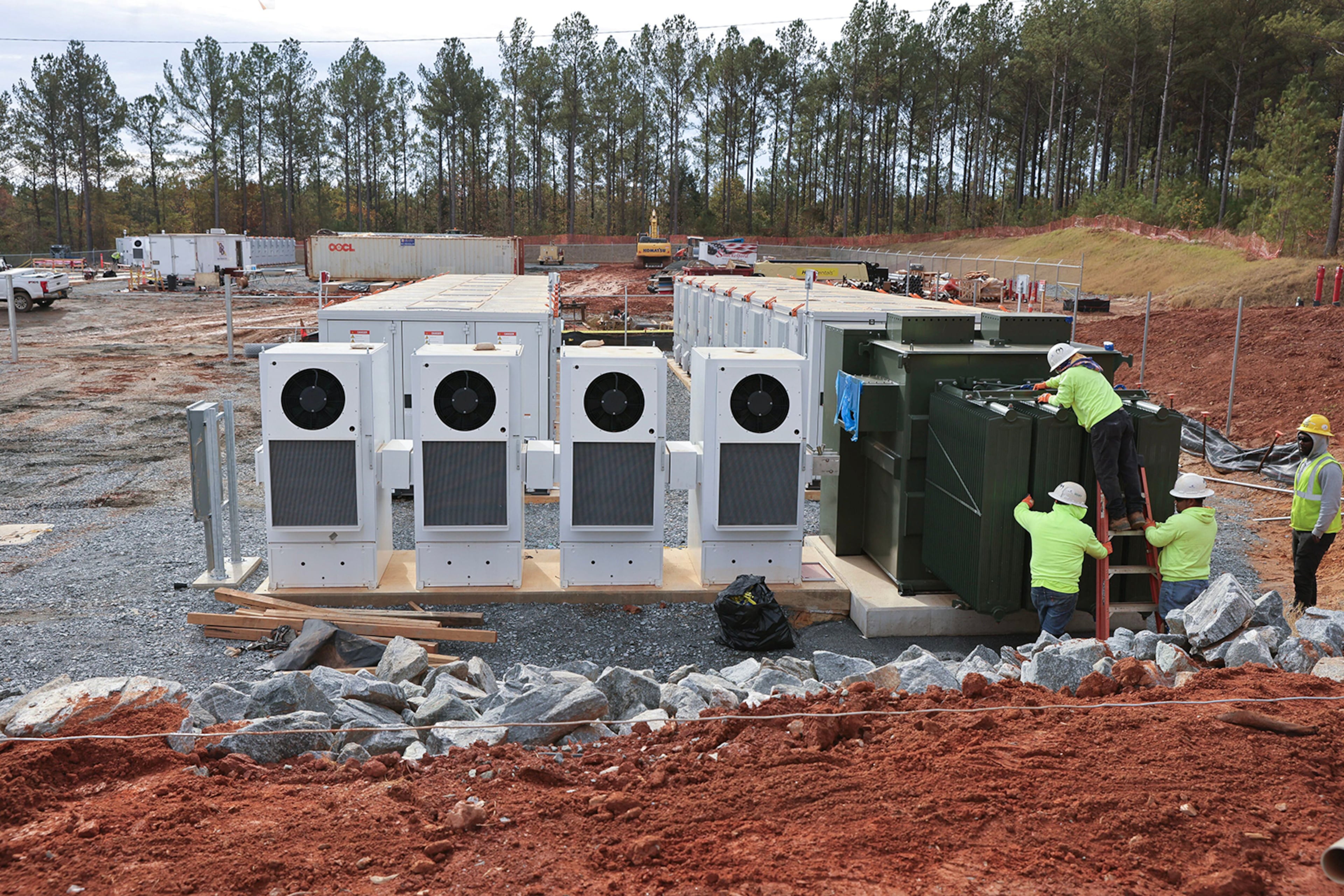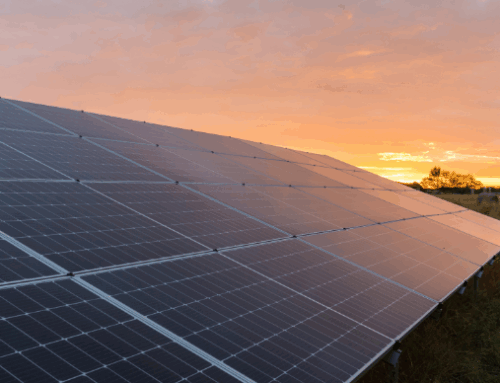Solar in the South keeps growing, and Georgia is a leader, report shows
October 30, 2025
Frequent utility critic praises companies, including Georgia Power, for adding solar amid climate crisis.

The Southeast historically has lagged the rest of the country in adding solar to the power grid. But the region has seen a surge in the renewable energy source. (Bob Andres/AJC)
Southern Co. added 4 gigawatts of solar power to its grid last year, drawing praise from a frequent electric utility critic.
Indeed, the owner of Georgia Power and other major electric companies across the Southeast generated a total of 28GW of solar in 2024, and collectively stand to double that within the next five years, according to a report from the Southern Alliance for Clean Energy. That expected growth comes despite push back against clean energy sources by the Trump administration.
“Utilities have added more solar in less time … this is something that hasn’t happened before,” said Heather Pohnan, senior energy policy manager for SACE, a clean-energy advocacy group.
One gigawatt of electricity can power between 800,000 and 1 million homes.
Building more large solar farms in states like Georgia is critical as electricity demand has skyrocketed because of data center growth. SACE’s experts said solar — paired with battery storage — is key to meeting electricity demand and keeping power bills low for customers.
Solar is a carbon-free source of electricity and a source that could help reduce production of greenhouse gases, which are warming the planet, while meeting increasing energy needs.
SACE has long pushed electric companies to put more solar and other renewable energy on their power grid and has slammed the utilities and their regulators for throwing up barriers to do so. That electric companies include significant amounts in their long-term electricity plans is a welcome sign, SACE officials said.
“We’re beginning to see some states make some really big bets on solar,” said Stephen Smith, executive director of SACE, which released its eighth annual report on solar development in the Southeast on Wednesday.
The Southeast historically has lagged the rest of the country in adding solar to the power grid, largely because doing so would clash with the business model of Georgia Power and other large monopoly power companies that dominate the region. The utilities make their profits off building large power plants, and solar, particularly rooftop solar, runs counter to that.
Critics of solar frequently cite its intermittency as a significant drawback. Solar power does not work at night or on extremely cloudy days. Smith said those claims are shortsighted now because of the rise in battery storage adoption.

Views of the new battery energy storage system that Georgia Power is constructing and bringing online in Columbus, Georgia, on Tuesday, Nov. 14, 2023. (Natrice Miller/AJC)
“When the utilities have a bias towards burning stuff, that’s something that has to be directly countered,” Smith said. “We’ve seen some utility leaders continue to play this card to where solar is intermittent as if they have never heard of storage — this leads to a degeneration of the overall policy debate.”
Georgia Power plans to add 4,000MW of battery storage and some solar to its power grid as part of a whopping 10,000MW build out in just five years. The 42% increase in electricity is unprecedented in company history and is to meet demand coming from data centers. But most of that new power generation will be accomplished with fossil fuels.
The utility is not alone in having to rapidly increase the amount of electricity on the grid after roughly a decade of flat or falling demand. Like most other big electric companies in the Southeast, it is turning to gas-fired power plants, arguing that they can be built quickly and are more reliable than renewable energy.
The move has drawn the ire of clean energy and consumer advocates who say that putting more fossil fuels on the grid will drive up utility bills and continue to contribute to climate change.
Florida Power & Light Co., Florida’s largest electric company, and Duke Energy Corp., which owns utilities in Florida and North and South Carolina, ranked ahead of Southern in SACE’s report, which used data and information from the U.S. Energy Information Administration and the utility’s own long-term electricity plans.
SACE presented the findings during a webinar Wednesday.
FPL plans to add more than 17,000MW by 2035 as part of its overall strategy to double down on solar and storage over the next decade. When asked whether it made sense to heap praise on the utility, which has kept roadblocks in place for rooftop solar, Smith said it is necessary to give credit to the company, which has followed through on its plans.
“Let’s just be really clear, FPL has laid down the most ambitious solar program of any utility in the Southeast by far,” he said, later adding SACE hasn’t seen anything from other utilities in the region that is on that pace.
“We applaud that level of ambition because it’s tied to that level of the climate crisis,” he said.
Smith said it’s up to an electric utility’s leadership adopting and embracing solar technology. If they do that, they can “move mountains,” with state utility regulators and political leaders to get more solar on the grid.
When asked about Smith’s statement regarding utility leadership, a Georgia Power spokesperson said this:
“Georgia has consistently been a top ten state for solar and Georgia Power is proud of how we have worked with the Georgia Public Service Commission to responsibly develop solar in a way that delivers benefits for all customers and does not sacrifice reliability or affordability.”
This coverage is supported by a partnership with Green South Foundation and Journalism Funding Partners. You can learn more and support our climate reporting by donating at AJC.com/donate/climate.
Search
RECENT PRESS RELEASES
Related Post



